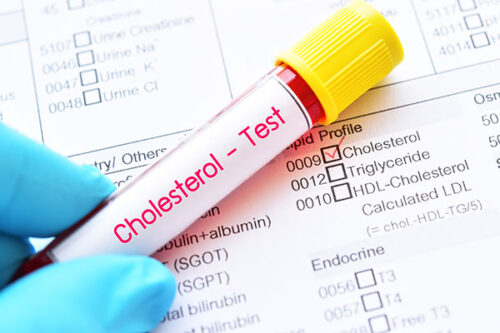Food, Sex, and Attractiveness, Part 2: The Role of Skin (Color, Oiliness, and Acne) and Body Odor
Excellent health is attractive. Our appearance to others is within our control and largely dependent upon the food choices we make. Last month’s newsletter (Part 1: The Role of Body Weight; November 2015) focused on the role of body fatness in attractiveness. The rest of the picture of health involves the appearance of our skin and the odor of our body.
The Skin’s Role in Attractiveness
Beyond the health messages conveyed by the amount of fat carried under the skin, a closer look at the skin itself reveals other fundamental clues to our health. A sick person will often be described as “looking gray.” Pallor and blue/gray skin tone is a result of poorly oxygenated blood in the blood vessels close to the skin’s surface. When the red blood cells in the arteries and capillaries are rich in oxygen, they are naturally bright red. Red blood cells turn blue in color as they release their oxygen to organs, such as the brain, liver, lungs, and skin. This is why veins, for example those on your forearm that return blood to the lungs for re-oxygenation, are blue.
Impairment of circulation results in the reduction in the actual number of cells present in the capillaries, thereby producing pallor (paleness). With poor circulation, cells also linger in the vessels, allowing time for red cells to turn blue and changing skin to a blue/gray tone. A person may then be described as “not being in the pink.” These bloodless signs of poor health are unattractive.
Recommended Articles

A Natural Cure for Depression

Cholesterol When and How to Treat It






